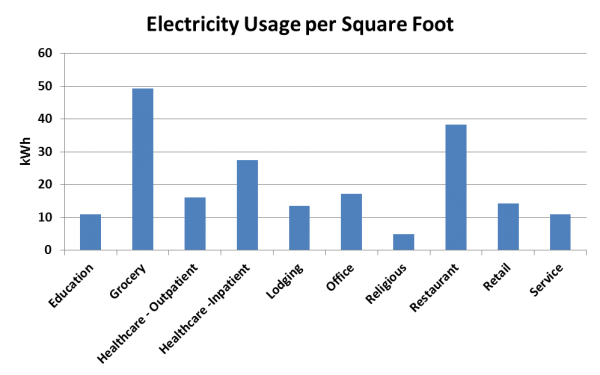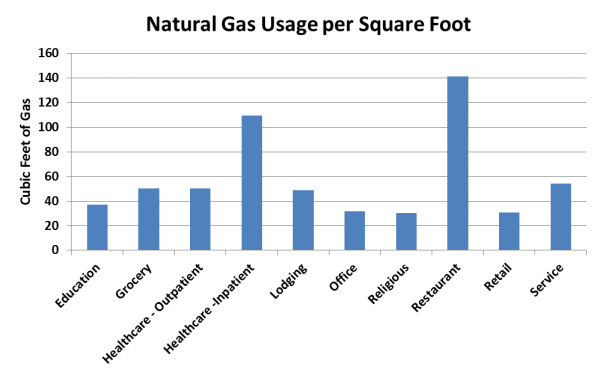Have questions or need help? Give us a call: 1-(888)-364-9259
Benchmarking Commercial Energy Usage - Managing expenses is a key element of running a successful business. For many businesses, energy costs rank just below labor and materials. The energy bill is simply a function of usage and the rate. In deregulated energy markets, business owners can shop to find good offers on electric rates, gas rates, and other energy services. Managing energy usage, however, can be more complicated.
Business owners are familiar with vendors offering energy conservation products and services. Lighting retrofits, for example, are often easy and economical for most businesses. Upgrading heating and cooling systems is another common approach to reducing energy usage. While these are sound practices, business owners need to know where they stand in comparison to their peers.
Benchmarking is a great tool for identifying opportunities to reduce energy usage. The U.S. Energy Information Administration conducts an exhaustive study of commercial building every few years. The most recent Commercial Buildings Energy Consumption Survey (CBECS) was conducted in 2012. Survey results are just now becoming available to the public. The data are viewable in terms of energy usage or expenditure. Information is available by building use, size of building, and age of building. Users are also able to view data geographically by census regions.
Energy Usage Intensity (EUI) is a useful metric for benchmarking. EUI is simply a measure of how much electricity or natural gas a business uses per square foot. This allows restaurant owners, for example, to compare the EUI of their establishment to that of other restaurant owners. Below is an example of electricity EUIs for several common business types.

The data in the chart are on a national level. As shown, grocery stores have the highest EUI. This is largely due to the compressors needed for refrigeration. Lighting is also a major use of electricity in grocery stores. Keep in mind that electricity EUI is a function of the equipment that uses electricity as well as how long it is used. Grocery store compressors run 24/7. Hospitals operate around-the-clock as well.
Similar benchmarking is available for natural gas EUI.

Restaurants top the list with natural gas being their primary cooking fuel.
This data illustrates how CEBCS can help business owners benchmark their energy usage. They can use CBECS to drill down even further by building size, age, or geographical location for an even more useful comparison. If their electric or natural gas EUI exceeds the benchmark, there may be opportunities for reducing energy usage. These energy efficiency opportunities could have attractive payback periods. Check with a licensed electrician, heating and cooling contractor, or equipment manufacturer to see which opportunities make sense for your business.